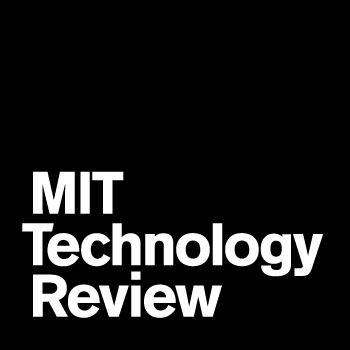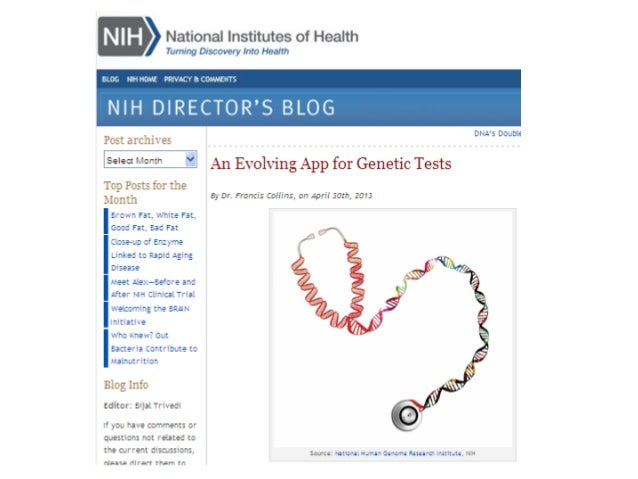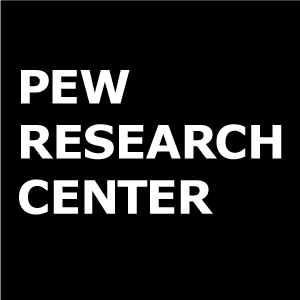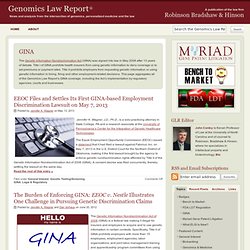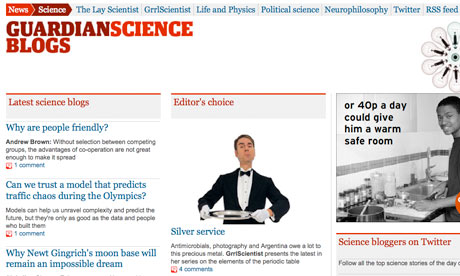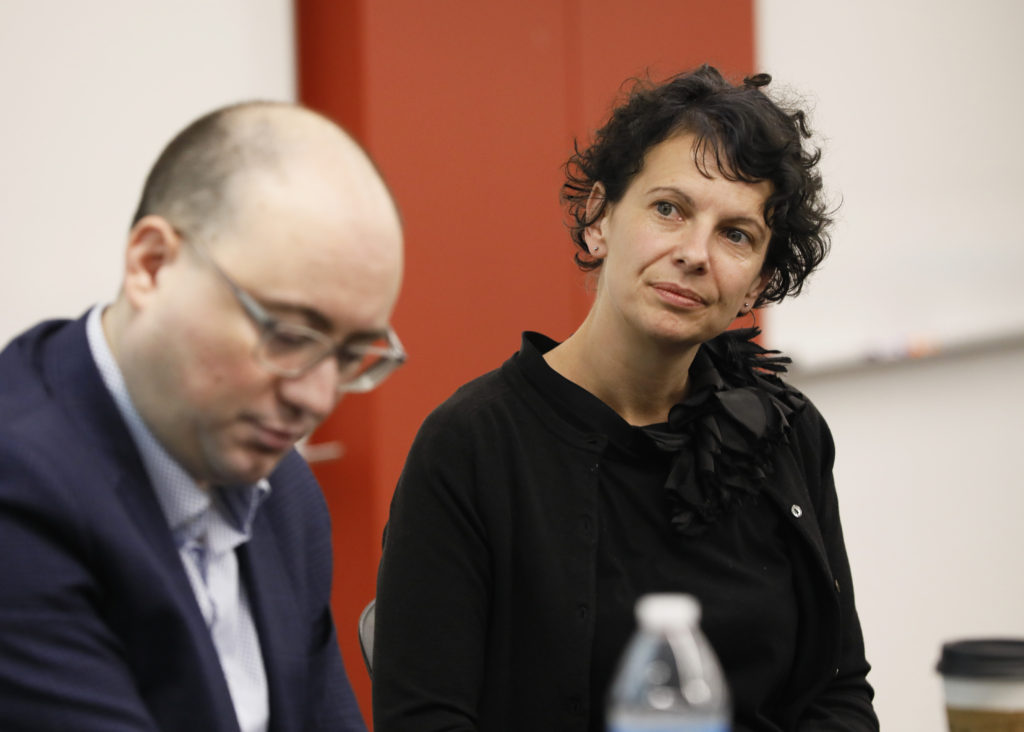
Diana Bowman recently released an article discussing the expectations of cancer screening and the politics that lurk behind this new technology.
The article, in ‘Social Science & Medicine,’ focuses on Australia’s breast and cervical screening programs and “the implications for those who are the targets of screening.”
Many countries have national screening programs in place in an effort to catch potential cancer diagnoses early and start treatment as soon as possible. Australia specifically has screening programs for numerous types of cancer, such as breast, bowl and cervical cancers. Bowman’s article focuses on the two longest running screening programs Australia offers, breast and cervical cancer screenings.
These programs are well-established and report high participation rates, but the effectiveness is what is controversial and the debate about its benefits is still ongoing. In this article, Bowman and her co-authors explored how the screening- relation information assumes the status of scientific ‘facts’ and that the presenting information is neutral and objective which therefore obscures the political choices involved in its generation. Another factor pointed out is the claims in the policy documents is the emphasis of documents and the minimization of the risks and harms that populations-based screening could bring forth.
Bowman and her co-authors suggest that the current national policies could be contributing to sustaining expectations of screening that are higher than warranted. Higher expectations could bring societal and economic costs to the public, and the deep socio-cultural meanings of cancer could also shape the public expectations of the protective value of the screening, which is something that could cause current screening approaches to become resistant to challenge.
Check out Bowman’s great article here.



